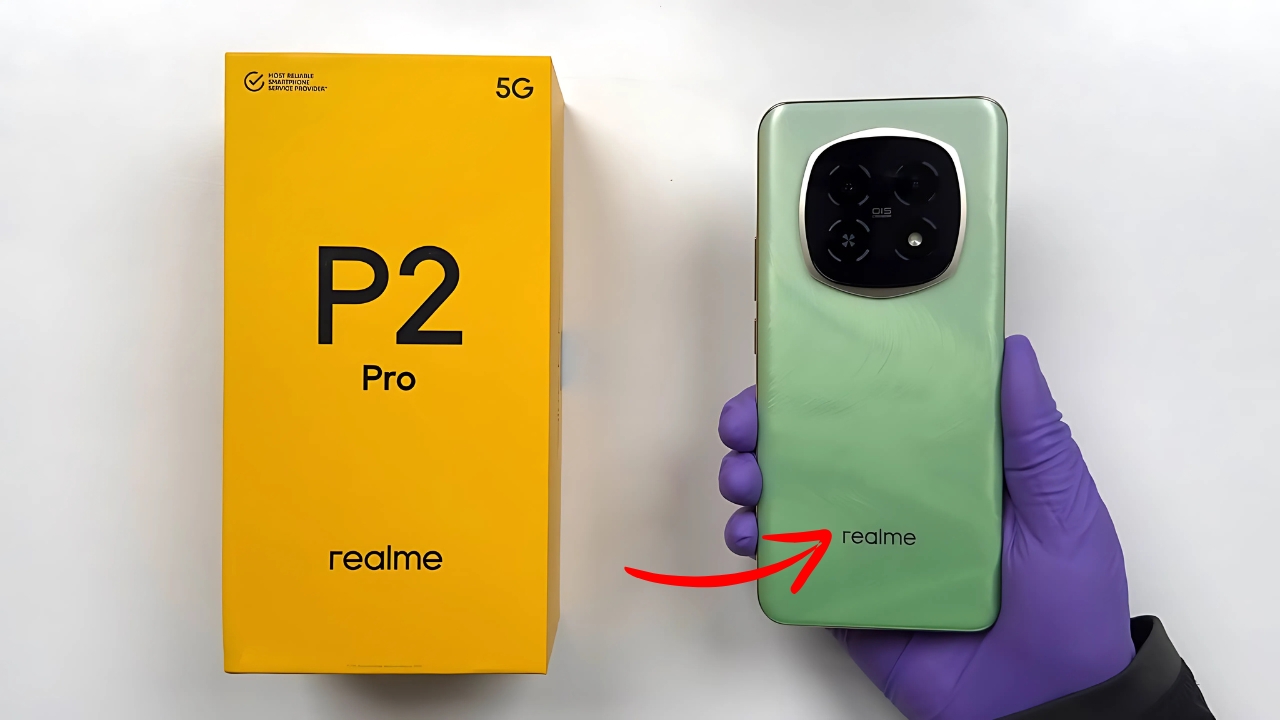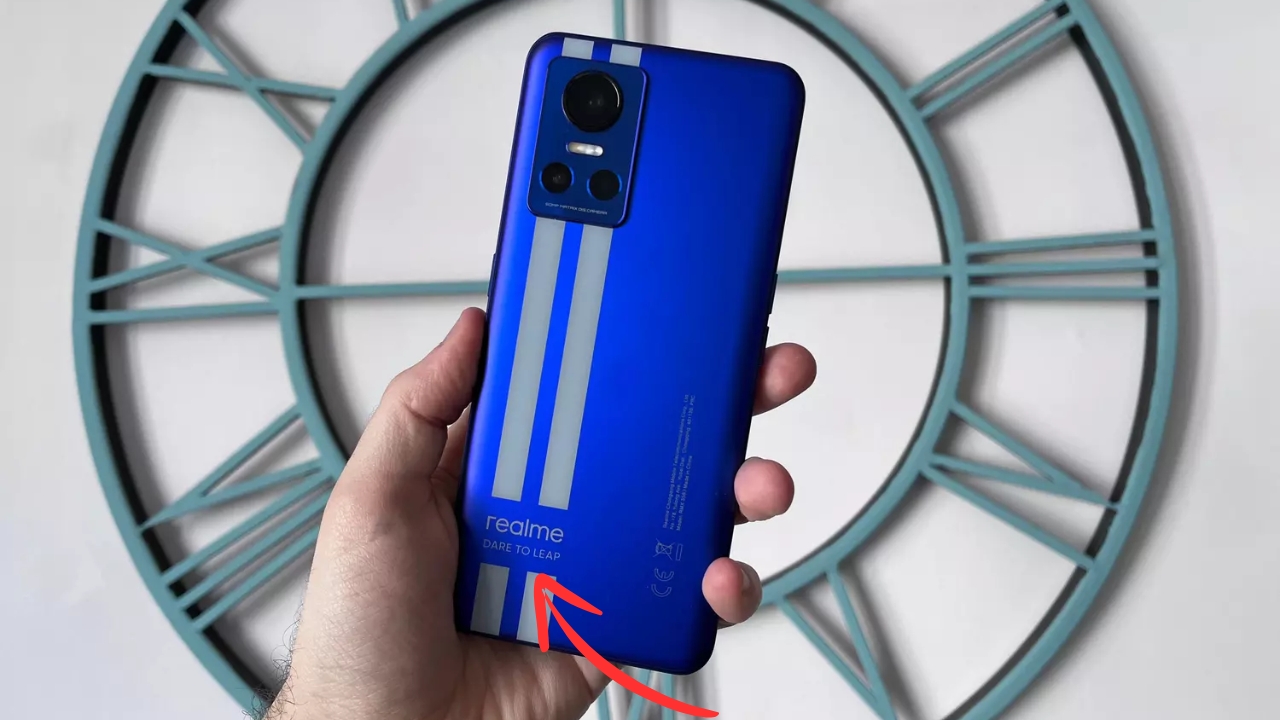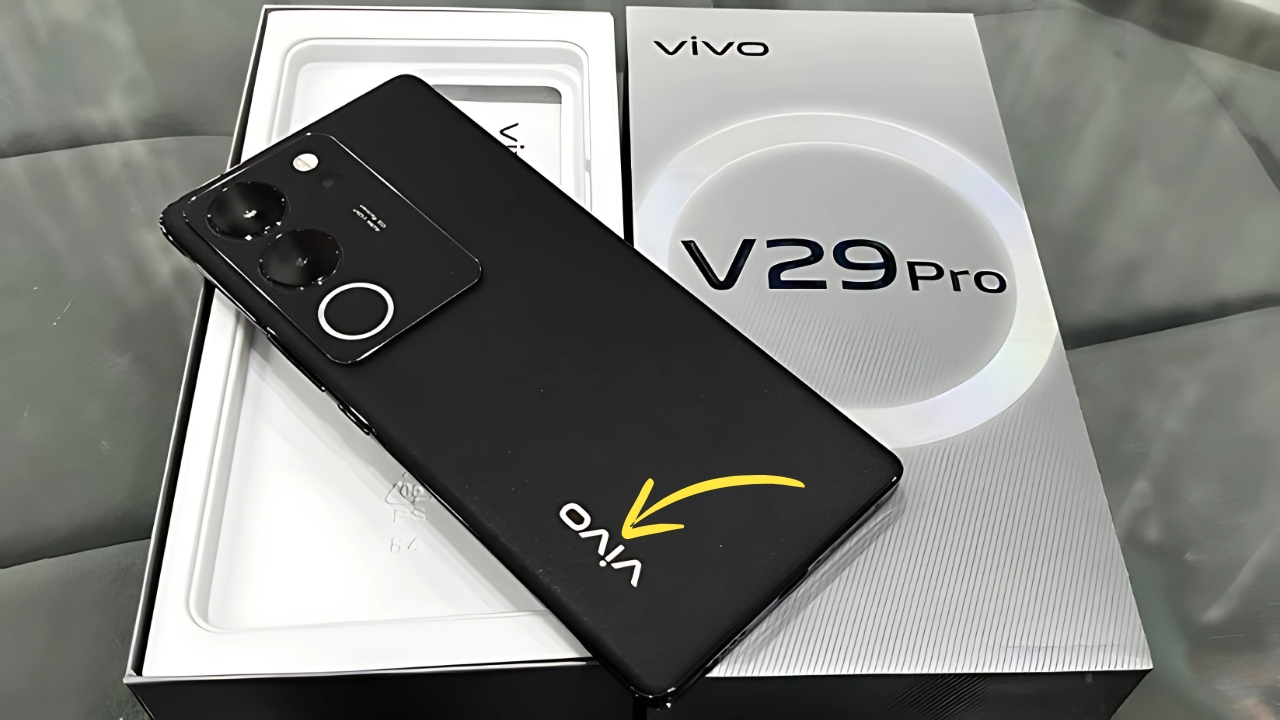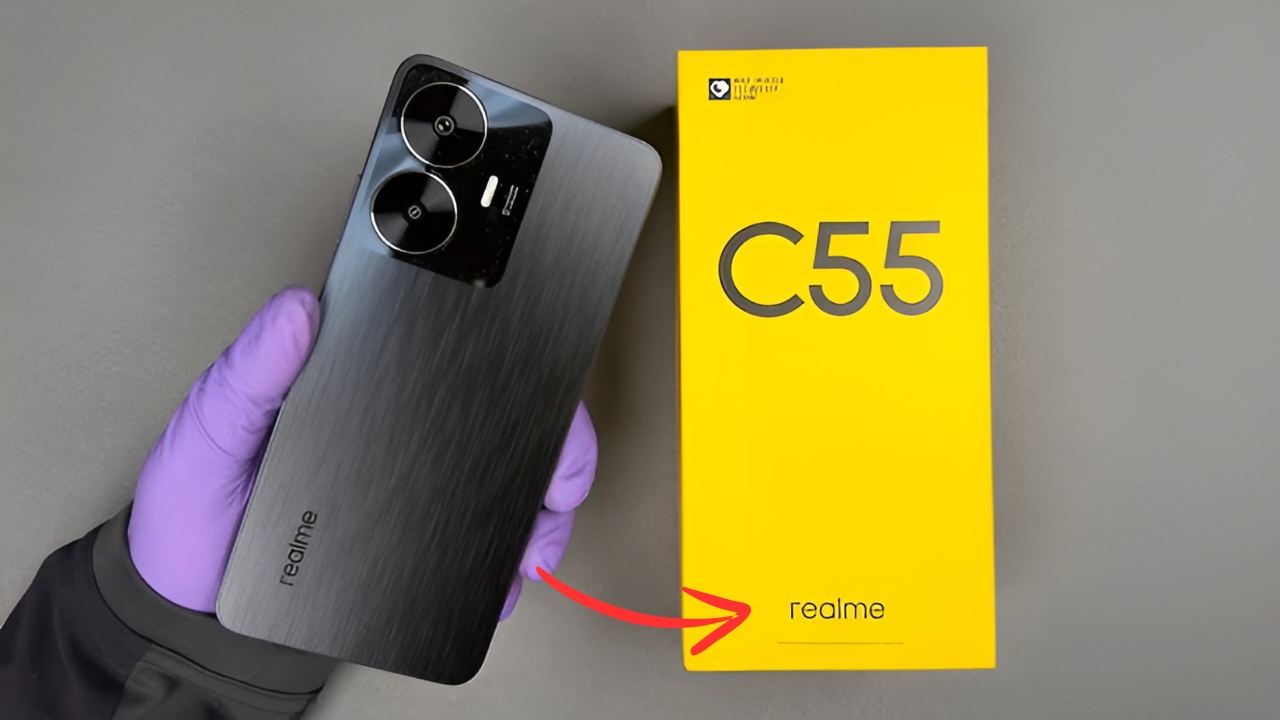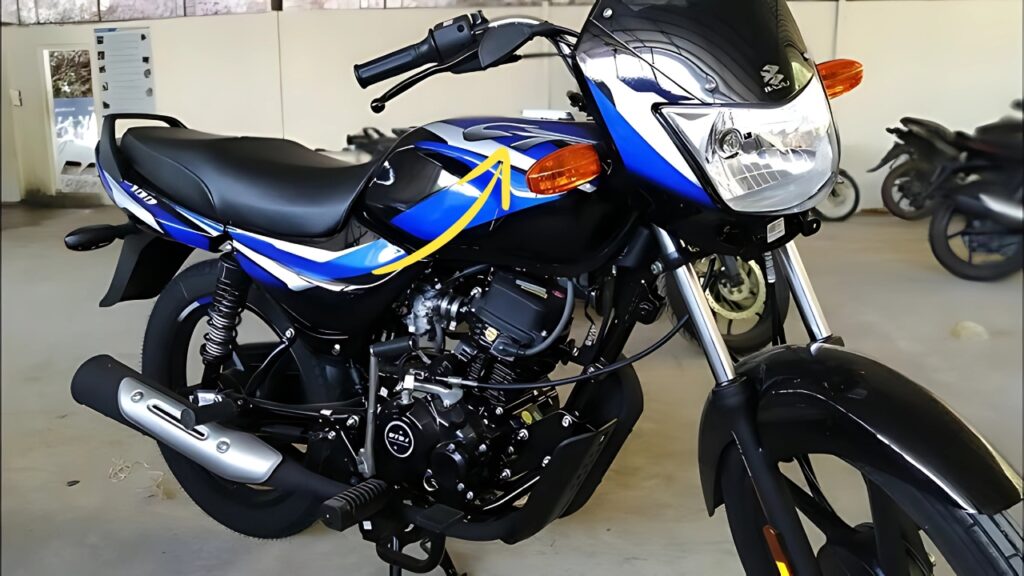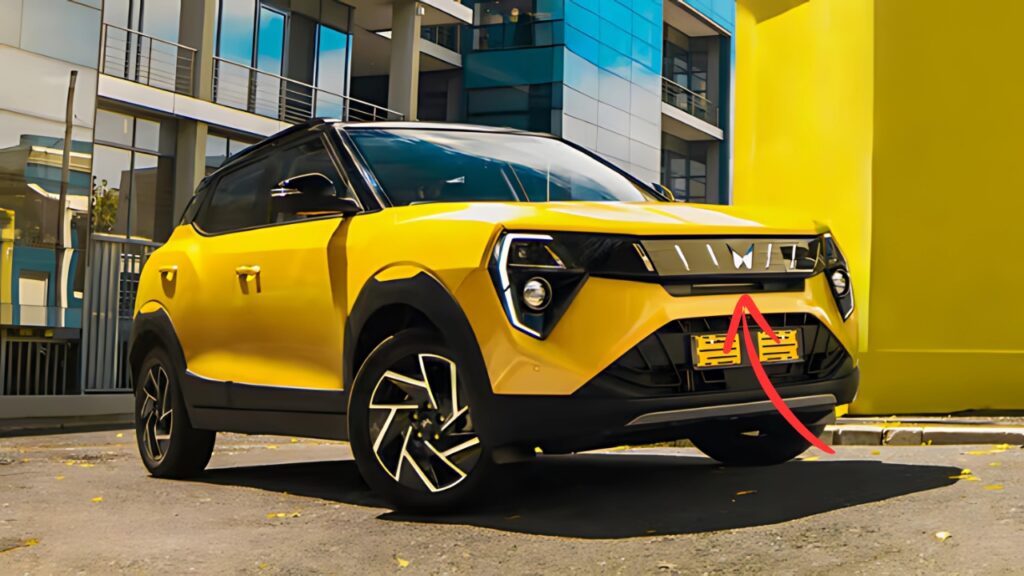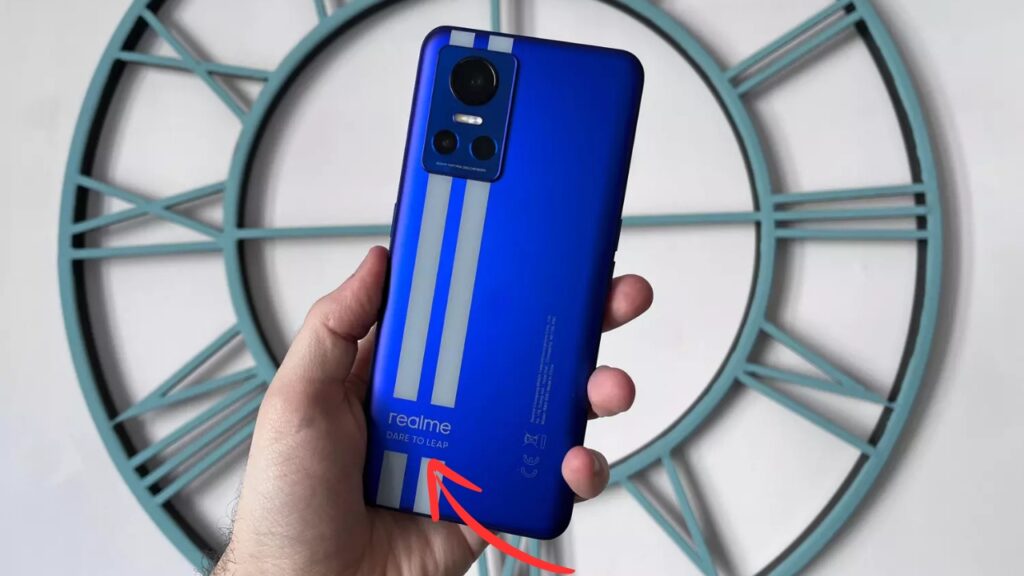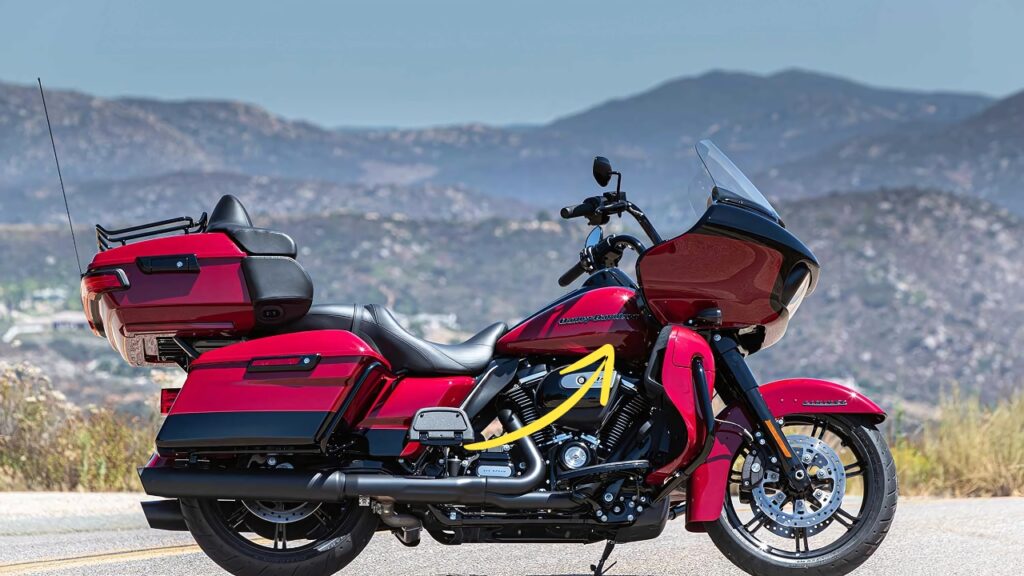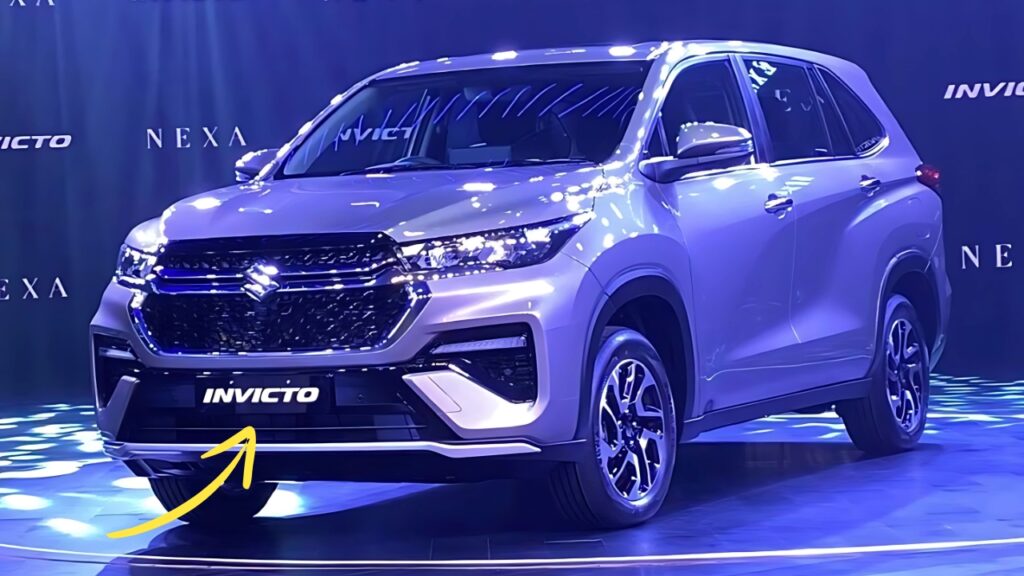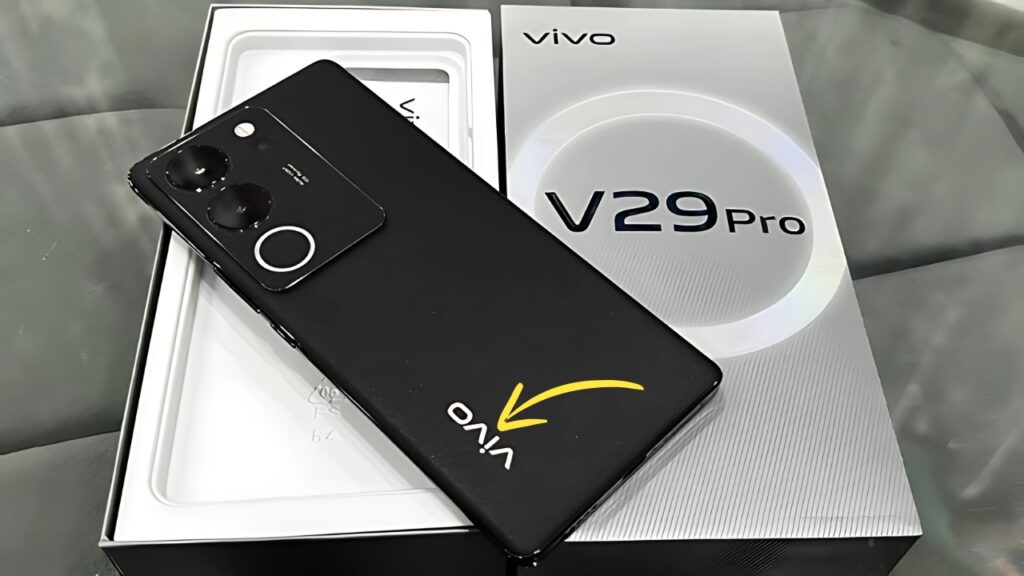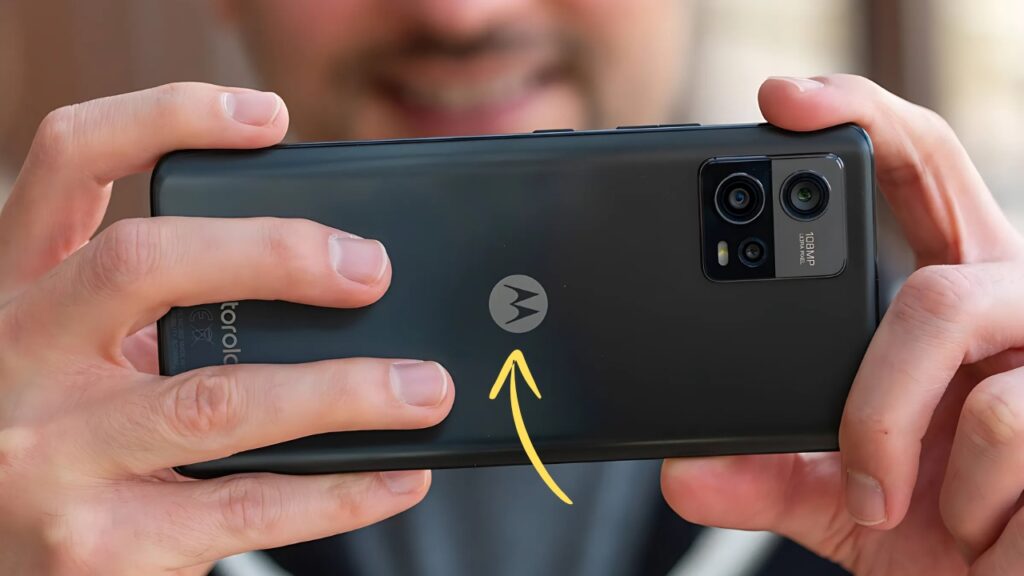Realme P2 5G : The smartphone industry has undergone a remarkable transformation in recent years, with advanced camera technology no longer exclusive to premium flagship devices.
Budget-friendly smartphones now offer sophisticated imaging capabilities that rival expensive alternatives, democratizing access to professional-quality photography for millions of users worldwide.
The Democratization of High-End Camera Technology
The accessibility of advanced camera features in budget smartphones represents one of the most significant technological shifts in the mobile industry.
The best budget camera phones may have ‘resolutions’ of 50MP, 108MP or 200MP, but this doesn’t mean the same as it would in a regular camera.
These resolutions are ‘pixel-binned’ down to around 12 megapixels for actual shooting, making sophisticated technology practical for everyday use.
Modern budget smartphones leverage computational photography to enhance image quality beyond what their hardware specifications might suggest.
This approach allows manufacturers to deliver impressive results while maintaining affordable price points that appeal to cost-conscious consumers.
Key Advantages of Budget Camera Phones:
-
Professional-level features at fraction of flagship costs
-
Advanced computational photography algorithms
-
Multiple lens configurations for creative versatility
-
Social media-optimized image processing
-
Accessibility for emerging markets and young consumers
Understanding High-Resolution Camera Implementation
The implementation of high-megapixel sensors in budget smartphones involves sophisticated engineering solutions that balance image quality with manufacturing costs.
Modern devices use pixel-binning technology to combine multiple small pixels into larger, more light-sensitive units, effectively creating variable sensor configurations.
Pixel-Binning Technology Benefits:
-
Enhanced low-light performance through larger effective pixel size
-
Maintained detail resolution in optimal lighting conditions
-
Reduced file sizes for practical storage management
-
Improved processing speed for real-time photography
Higher megapixel counts and larger sensors contribute to better image quality, (the latter is especially helpful in low-light conditions) and advanced computational photography features, like those in Google Pixel phones, enhance photos by optimizing exposure, colour accuracy, and dynamic range.
This technology makes professional-quality results achievable across diverse price segments.
Budget Smartphone Camera Evolution
The evolution of camera technology in affordable smartphones has accelerated dramatically over the past few years.
Manufacturers now incorporate features previously found only in flagship devices, including optical image stabilization, multiple lens systems, and advanced AI processing capabilities.
Recent Technological Advances:
-
Optical Image Stabilization (OIS): Reduces blur and improves low-light performance
-
Multi-Lens Systems: Ultra-wide, telephoto, and macro capabilities
-
AI Scene Recognition: Automatic optimization for different photography scenarios
-
Night Mode Processing: Enhanced low-light capture through computational techniques
The Samsung Galaxy A25 5G is a very good budget camera phone for those on a tighter budget. It costs $300, and has that great Samsung look we know many of you love.
The primary camera comes with most of the bells and whistles. This includes a high-megapixel 50MP sensor, an f/1.8 aperture, a 0.64µm pixel size, PDAF, and OIS, demonstrating how premium features have become accessible at lower price points.
Computational Photography: The Great Equalizer
Computational photography represents the most significant factor in bridging the quality gap between budget and premium smartphones.
This technology uses software algorithms to enhance image quality beyond what hardware alone can achieve, making it particularly valuable in cost-constrained devices.
Computational Photography Features:
-
HDR Processing: Balanced exposure across varying light conditions
-
Portrait Mode: Professional-style background blur effects
-
Night Mode: Multi-frame processing for low-light excellence
-
Scene Optimization: Automatic adjustments for different subjects
My favorite budget camera phone is the new Google Pixel 9a, especially if you find it on sale. It takes photos that are almost indistinguishable from the Pixel 9 Pro, and it really excels at macro photos and close-up shots.
This demonstrates how computational photography can deliver flagship-level results in more affordable devices.
Multi-Camera Systems in Budget Devices
The integration of multiple camera lenses in budget smartphones provides users with creative flexibility previously available only in expensive devices.
These systems typically include combinations of wide-angle, ultra-wide, telephoto, and macro lenses, each optimized for specific photography scenarios.
Common Multi-Camera Configurations:
-
Primary Wide-Angle: High-resolution main sensor for standard photography
-
Ultra-Wide Lens: Expanded field of view for landscape and group shots
-
Telephoto Lens: Optical zoom capabilities without quality loss
-
Macro Lens: Close-up photography with fine detail capture
The Oppo Reno 13 Pro is a powerhouse for photography enthusiasts, offering a robust camera setup that caters to diverse needs.
It features a 50MP main camera with OIS, a 50MP telephoto lens with 3.5x optical zoom, and an 8MP ultra-wide lens, making sure versatility in capturing different scenes, showing how mid-range devices now offer comprehensive camera systems.
Low-Light Photography Improvements
One of the most impressive advances in budget smartphone cameras has been the improvement in low-light photography capabilities.
Through a combination of larger sensors, computational processing, and dedicated night modes, affordable devices now produce usable images in challenging lighting conditions.
Low-Light Enhancement Technologies:
-
Larger Pixel Sizes: Improved light gathering capability
-
Multi-Frame Processing: Combining multiple exposures for optimal results
-
AI Noise Reduction: Intelligent removal of digital noise
-
Extended Exposure Modes: Specialized processing for extreme low-light scenarios
These improvements have made budget smartphones viable alternatives to dedicated cameras for many photography enthusiasts, particularly in social media and casual photography applications.
Video Capabilities in Affordable Devices
Modern budget smartphones have also made significant strides in video recording capabilities.
Many devices now support 4K recording, electronic image stabilization, and various creative video modes that were once exclusive to professional equipment.
Advanced Video Features:
-
4K Recording: Ultra-high-definition video capture
-
Electronic Stabilization: Smooth footage without optical stabilization
-
Slow-Motion Recording: Creative video effects at various frame rates
-
Time-Lapse Modes: Compressed time video creation
For video recording, it supports 4K resolution, making sure high-quality visuals and sound, demonstrating how video capabilities have become standard even in budget-focused devices.
Market Impact and Consumer Benefits
The proliferation of high-quality cameras in budget smartphones has had profound implications for both consumers and the broader photography industry.
This democratization has enabled millions of people to access professional-level photography tools without significant financial investment.
Consumer Benefits:
-
Accessibility: High-quality photography tools for all economic segments
-
Education: Learning photography principles with capable equipment
-
Creativity: Exploring artistic expression without financial barriers
-
Documentation: Capturing important life moments with quality results
Industry Implications:
-
Market Expansion: Reaching previously underserved demographics
-
Innovation Acceleration: Competitive pressure driving rapid advancement
-
Skill Development: More people developing photography expertise
-
Content Creation: Enabling new forms of digital expression and commerce
Choosing the Right Budget Camera Phone
Selecting an optimal budget camera phone requires understanding individual photography needs and preferences.
Different users prioritize various aspects of camera performance, from low-light capabilities to zoom range and creative features.
Selection Considerations:
-
Primary Use Cases: Social media, family photography, or creative pursuits
-
Lighting Conditions: Indoor, outdoor, or mixed lighting environments
-
Subject Types: People, landscapes, close-ups, or distant subjects
-
Feature Priorities: Auto modes versus manual controls
No matter what, you can ignore devices that pass off macro cameras and depth sensors as extra lenses to fill space.
A good ultrawide lens can replace a macro one, and depth information doesn’t really require its own shooter anymore, providing guidance on evaluating camera specifications effectively.
Future Trends in Budget Camera Technology
The future of budget smartphone cameras promises continued advancement, with emerging technologies making their way from flagship devices to more affordable options.
Artificial intelligence, improved sensors, and enhanced processing capabilities will further blur the lines between budget and premium camera performance.
Emerging Technologies:
-
Enhanced AI Processing: More sophisticated scene recognition and optimization
-
Improved Sensor Technology: Better low-light performance and dynamic range
-
Advanced Computational Features: New creative modes and enhancement techniques
-
Integration Improvements: Better coordination between multiple camera systems
Social Media and Content Creation
Budget smartphones with advanced cameras have revolutionized social media content creation, enabling individuals and small businesses to produce professional-looking content without expensive equipment.
This democratization has transformed digital marketing, personal branding, and creative expression.
Content Creation Benefits:
-
Professional Aesthetics: High-quality visuals for personal and business use
-
Creative Freedom: Access to diverse photography and video modes
-
Immediate Sharing: Integrated editing and publishing workflows
-
Cost Effectiveness: Professional results without equipment investment
Realme P2 5G Conclusion: The New Photography Landscape
The evolution of camera technology in budget smartphones represents a fundamental shift in the photography landscape.
Advanced features once exclusive to expensive devices are now accessible to consumers across all economic segments, democratizing high-quality photography and video creation.
This transformation has implications beyond individual users, affecting entire industries from social media marketing to journalism and artistic expression.
As computational photography continues advancing and manufacturing costs decrease, the distinction between budget and premium camera phones will likely continue diminishing.
The accessibility of sophisticated camera technology empowers users to document their lives, express their creativity, and participate in the digital economy in ways that were previously unavailable to many.
This democratization represents one of the most positive developments in consumer technology, making professional-quality visual tools available to anyone with a smartphone.
As we look toward the future, budget smartphones will likely continue pushing the boundaries of what’s possible in portable photography, ensuring that advanced camera capabilities remain accessible to users worldwide regardless of their economic circumstances.
